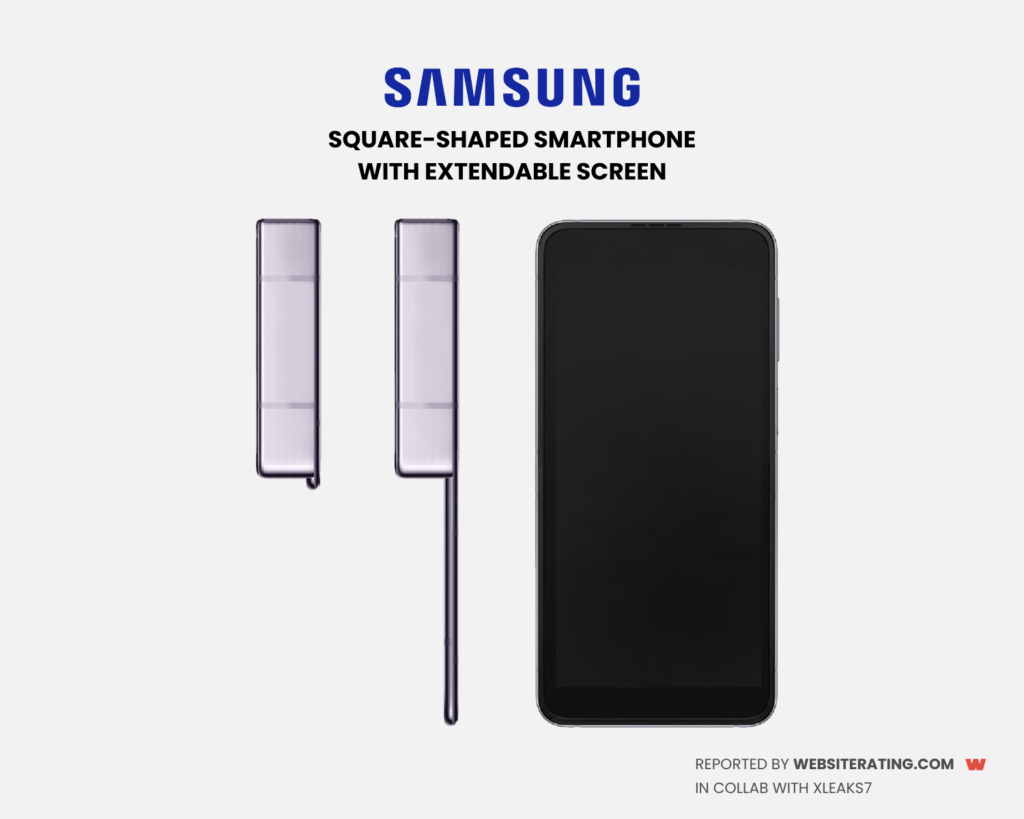In the ever-evolving landscape of multimedia technology, display devices play a pivotal role, with a recent surge in interest surrounding flexible displays. As technology enthusiasts anticipate the next wave of innovation, a newly disclosed patent is making waves in the realm of flexible display devices.
Thanks to our collaboration with David from @xleaks7, we spotted the details about the new-generation displays in Samsung’s patent.

The Problem the Patent is Going to Solve:
The patent, in essence, addresses challenges commonly associated with flexible display devices. These challenges include the prevention of the spring-back effect in metal layers of sliding displays, the mitigation of panel crack issues when the display panel is compressed into a curved shape, and an emphasis on enhancing overall impact resistance.
As we venture further into the era of flexible displays, these hurdles become increasingly pertinent to ensure the reliability and durability of these innovative devices.

Patent’s Core:
At the heart of this patent is the design and manufacturing of a display device that seeks to overcome the aforementioned challenges. The patent introduces a structured approach to building flexible displays, with a focus on preventing undesired effects, ensuring longevity, and enhancing user experience.
The core components include a display panel with distinct sections, a support member crucial for flexibility, and a filling member strategically placed to address specific issues.
Key Features:
- Structural Innovation: The patent introduces a display panel with three distinct portions, emphasizing parallel alignment and unique connections.
- Support Member Design: A support member with three support parts, including a curved portion, contributes to the flexibility and resilience of the display.
- Filling Member Integration: The filling member is strategically placed to counteract the spring-back effect and enhance impact resistance.
- Multi-Directional Extensions: Additional portions of the display panel extend in different directions, adding versatility to the device’s form factor.
- Manufacturing Method: The patent details a method involving the use of a sliding core for bending, filling the support member, and bonding components with adhesive.
What to Expect in the Future:
As this patent reflects a significant stride in the development of flexible display technology, users can anticipate more robust, durable, and versatile devices in the future.
The innovations presented in the patent are poised to contribute to a new generation of displays that seamlessly blend flexibility with reliability, opening doors to creative and practical applications.
NOTE TO EDITORS: The text and visuals of this article are the intellectual property of websiterating.com. If you want to share the content, please give a proper clickable credit. Thanks for understanding.
